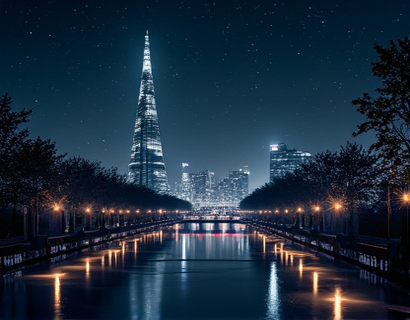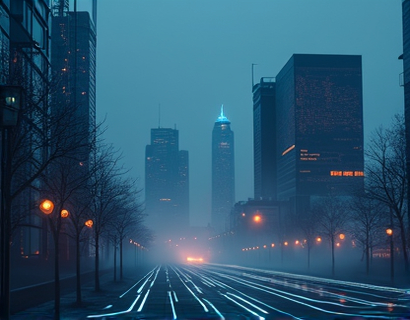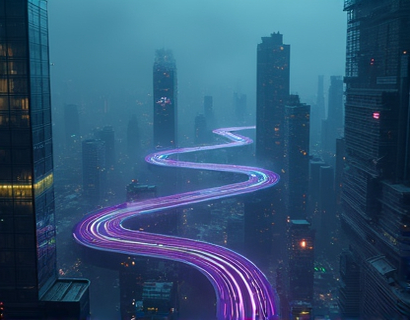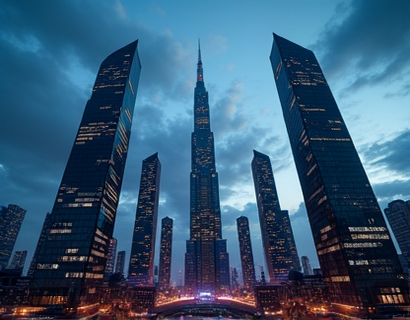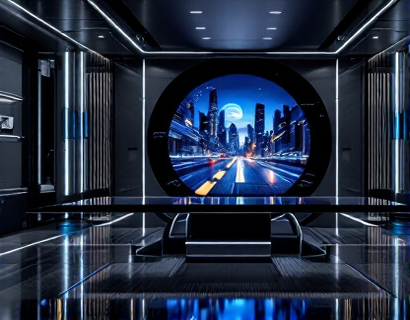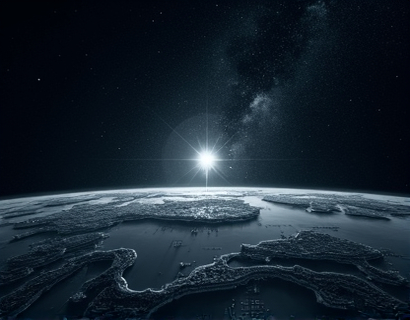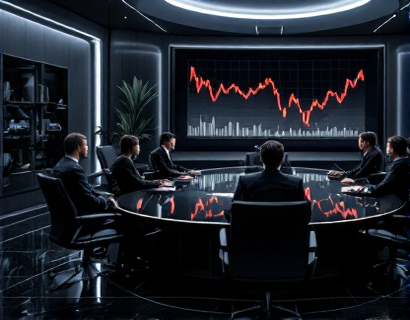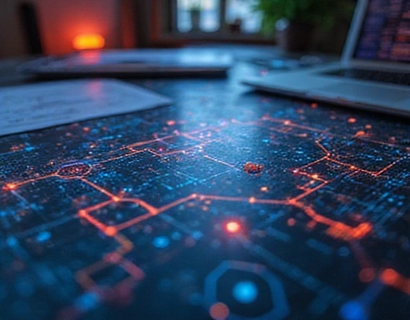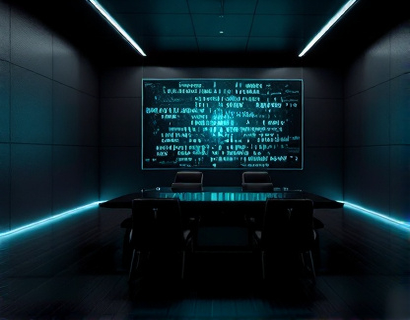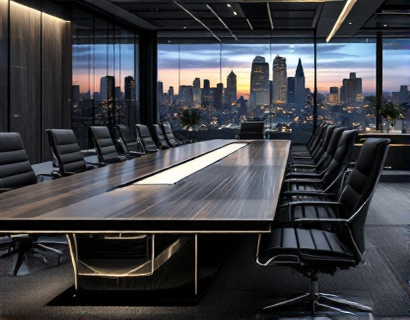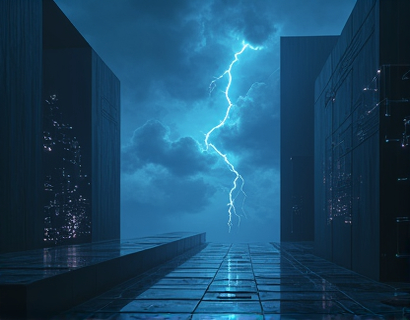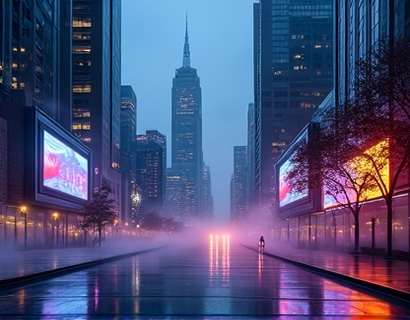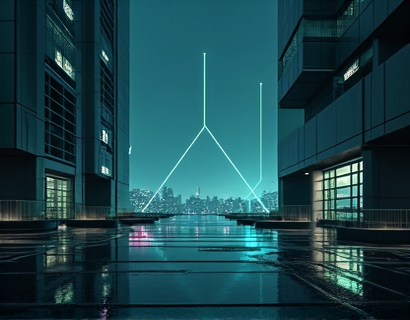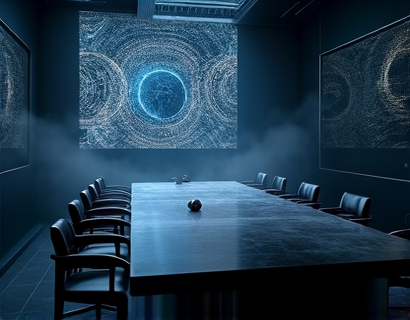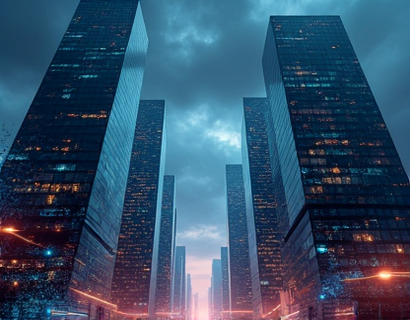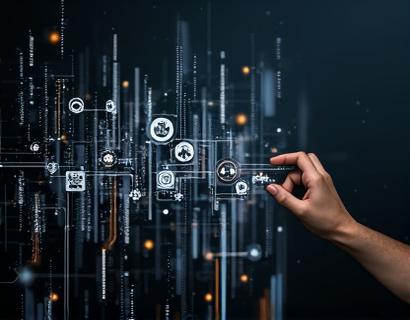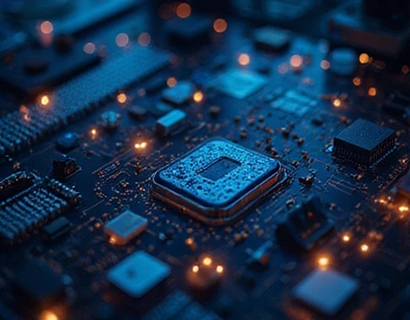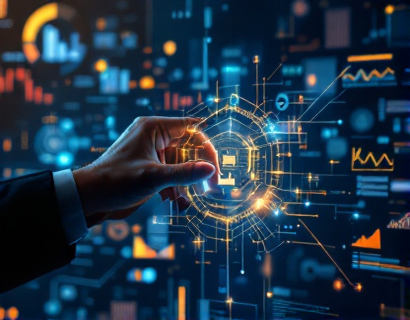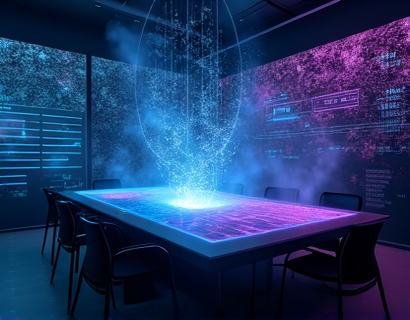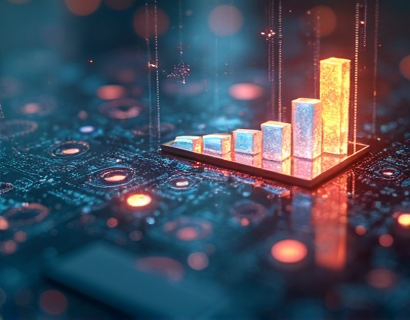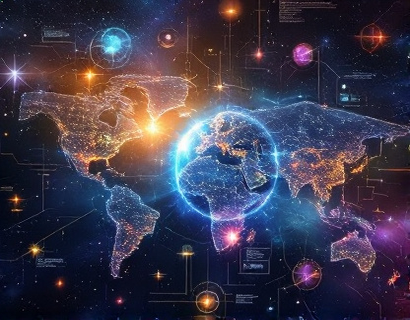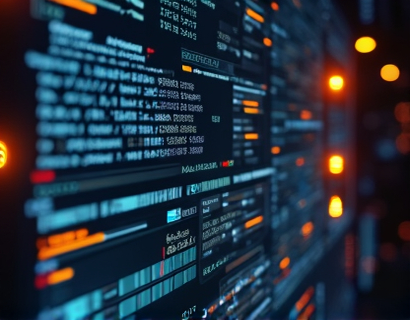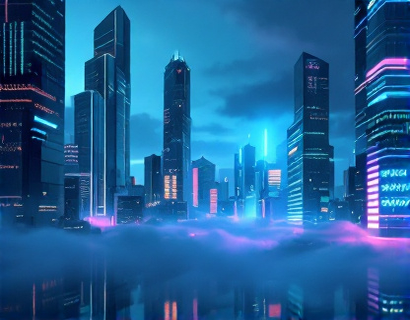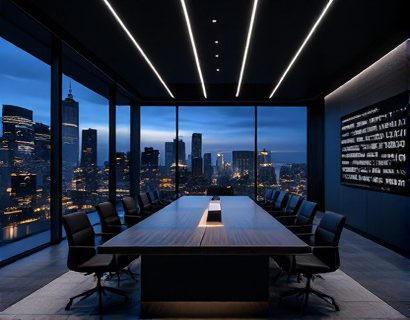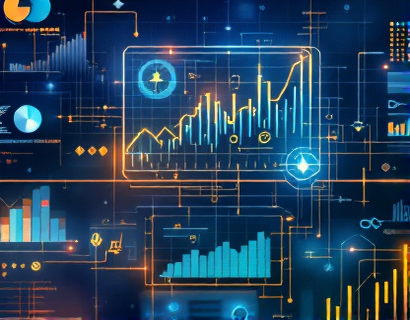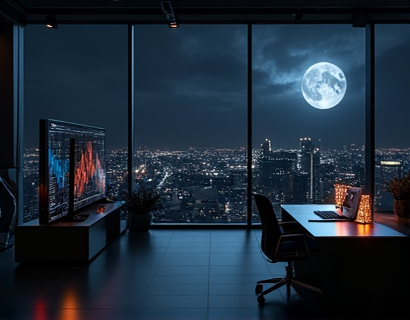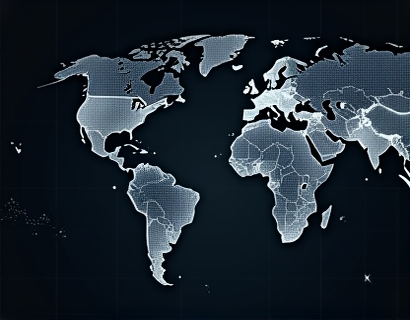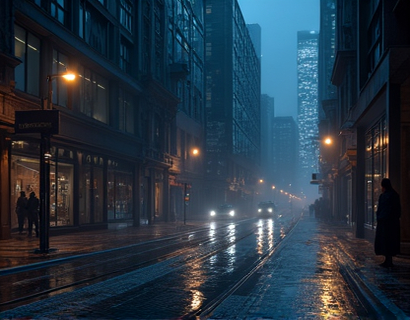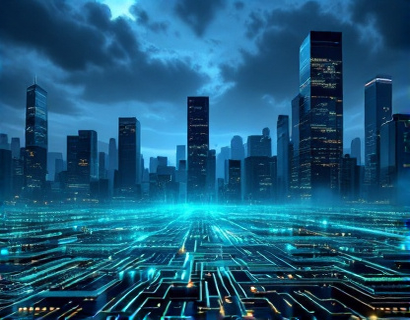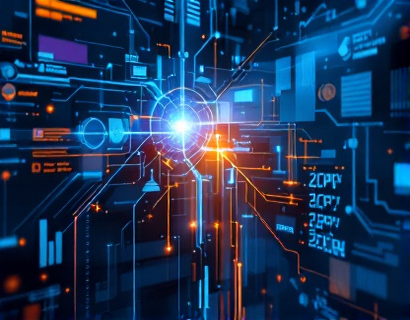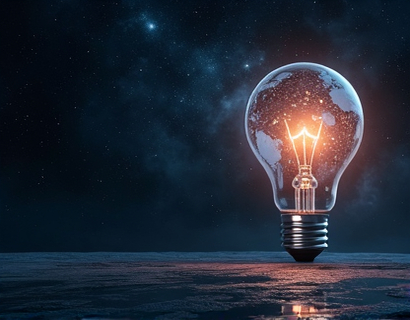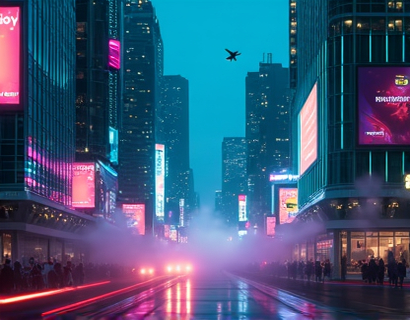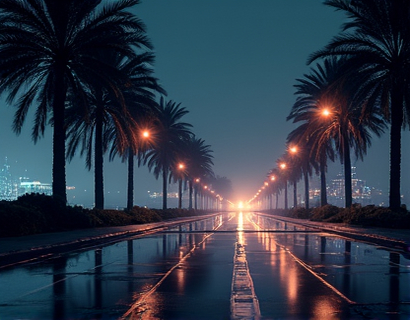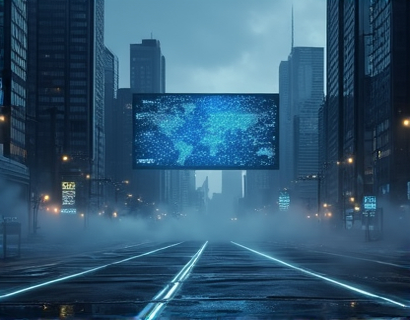AI-Powered Image Creation: Revolutionizing Art and Design
The integration of artificial intelligence in creative fields has opened new horizons for artists, designers, and businesses alike. This technology, often referred to as AI-powered image creation, allows users to transform their concepts into stunning visual masterpieces with unprecedented ease and efficiency. The process is intuitive, requiring only a few prompts to generate high-quality images that were once the exclusive domain of skilled artists and designers.
The Evolution of Creative Technology
The journey of creative technology has been marked by significant milestones, from the invention of the camera to the development of digital art software. However, the advent of AI has brought about a paradigm shift. Traditional methods of image creation are time-consuming and often require extensive skill and practice. AI-powered image generation platforms have democratized access to high-quality visual content, making it possible for anyone to create professional-grade images with minimal effort.
How AI Image Generation Works
At the core of AI-powered image creation is machine learning, a subset of artificial intelligence that enables systems to learn from data and improve over time without being explicitly programmed. These systems are trained on vast datasets of images, learning patterns, styles, and techniques. When a user inputs a prompt, the AI analyzes the request, references its training data, and generates an image that best matches the description.
The process involves several steps. First, the AI parses the input prompt to understand the key elements, such as objects, colors, and styles. Next, it generates a visual representation by combining and modifying elements from its training data. This is done through a series of mathematical computations and neural network operations. The result is a unique image that reflects the user's vision, often with surprising and innovative outcomes.
Benefits for Artists and Creatives
For artists, AI-powered image creation serves as a powerful tool for inspiration and experimentation. It allows them to explore new ideas quickly and efficiently, breaking through creative blocks and expanding their artistic repertoire. Artists can use these platforms to generate concept art, explore different styles, and even collaborate with AI to create hybrid works that blend human creativity with machine intelligence.
For creatives in other fields, such as marketing and design, the benefits are equally significant. Businesses can generate unique visual content for campaigns, social media, and branding materials without the need for extensive in-house design teams. This not only saves time and resources but also ensures a consistent and high-quality visual identity.
Applications Across Industries
The applications of AI-powered image creation are vast and varied. In the advertising industry, brands can create custom visuals for their campaigns, tailored to specific audiences and platforms. In the fashion industry, designers can generate images of clothing and accessories, experimenting with different styles and combinations. The entertainment sector can use these tools to create concept art for films and video games, accelerating the production process and enhancing creativity.
In the field of education, AI-generated images can serve as visual aids for teaching complex concepts, making learning more engaging and accessible. For researchers and scientists, these tools can help visualize data and theories, aiding in the communication of findings to broader audiences.
User Experience and Accessibility
One of the most compelling aspects of AI-powered image creation is its user-friendly interface. Platforms designed for this purpose are typically web-based, allowing users to access them from anywhere with an internet connection. The process is straightforward: users input their prompts, refine the parameters as needed, and receive high-quality images in moments. This accessibility has made advanced creative tools available to a wider audience, including those without formal art or design training.
The intuitive nature of these platforms means that users can start creating immediately, without the need for extensive tutorials or technical knowledge. This democratization of creative tools empowers individuals and small businesses to produce professional-grade content, leveling the playing field in a competitive market.
Quality and Customization
Despite the speed and ease of AI-powered image generation, the quality of the output is often exceptional. Modern AI models are capable of producing images with high resolution and detailed textures, rivaling those created by human artists. The level of customization available is also impressive, allowing users to adjust various parameters such as color schemes, lighting, and composition to achieve the desired effect.
Moreover, the ability to generate multiple variations of an image based on slight changes in the prompt enables users to explore different creative directions quickly. This iterative process can lead to unexpected and innovative results, further enhancing the creative potential of these tools.
Challenges and Considerations
While AI-powered image creation offers numerous advantages, it is not without its challenges. One of the primary concerns is the potential for over-reliance on technology, which could diminish the role of human creativity and skill. However, rather than replacing traditional methods, these tools are best seen as complementary resources that enhance the creative process.
Another consideration is the ethical use of AI-generated images. Issues such as copyright, ownership, and the potential for misuse need to be addressed. Creators and platforms must ensure that the use of AI-generated content respects intellectual property rights and adheres to legal standards.
Future Trends in AI Creativity
The future of AI-powered image creation is promising, with ongoing advancements expected to further enhance its capabilities. Improvements in machine learning algorithms and increased computational power will likely result in even more realistic and diverse images. The integration of other forms of AI, such as natural language processing and computer vision, could enable more sophisticated and context-aware image generation.
Additionally, the development of collaborative tools that allow humans and AI to work together more seamlessly will continue to push the boundaries of creative technology. This synergy has the potential to unlock new forms of artistic expression and innovation, redefining what is possible in the realms of art and design.
Conclusion
AI-powered image creation represents a significant leap forward in creative technology, offering unparalleled opportunities for artists, designers, and businesses. By transforming concepts into stunning visual masterpieces with just a few prompts, these platforms are revolutionizing the way we create and consume visual content. As the technology continues to evolve, it will undoubtedly play an increasingly important role in shaping the future of creativity and innovation.



